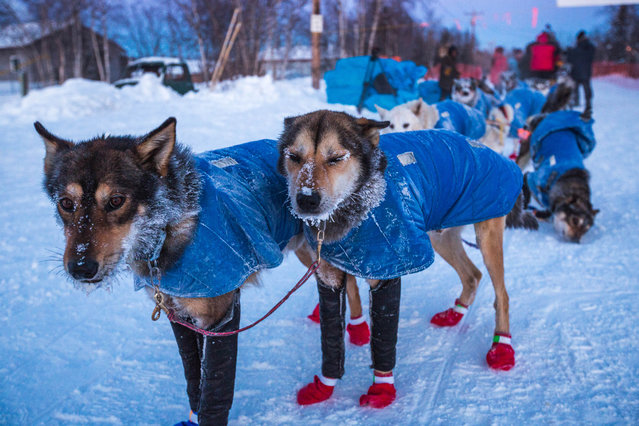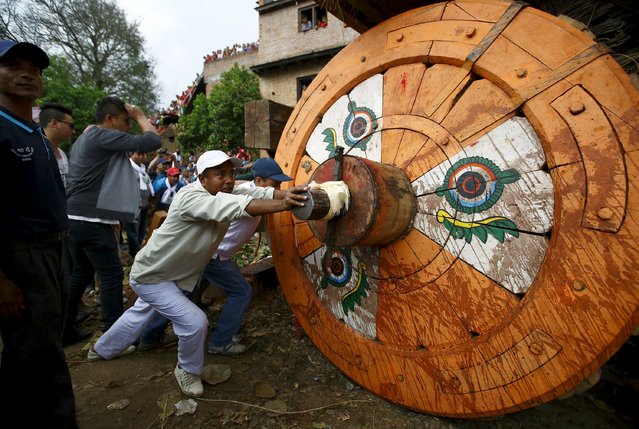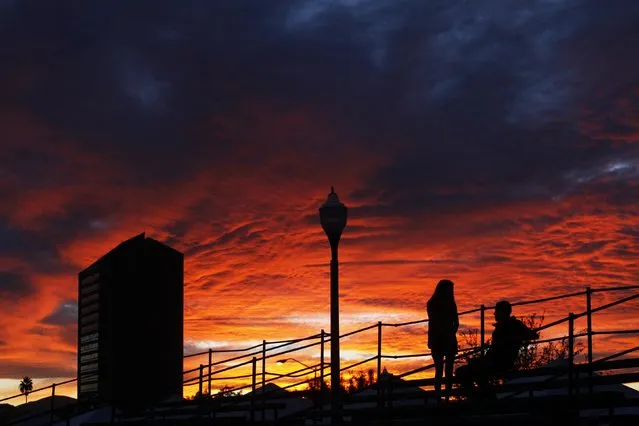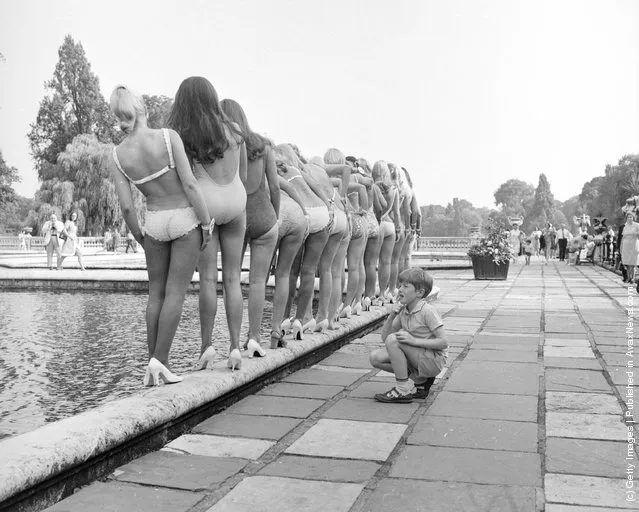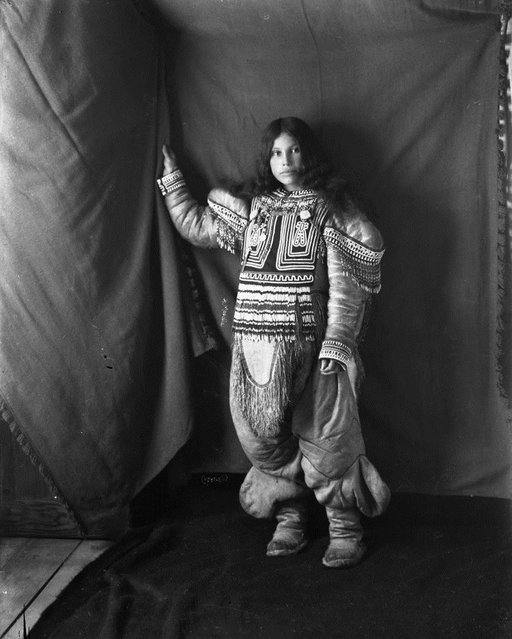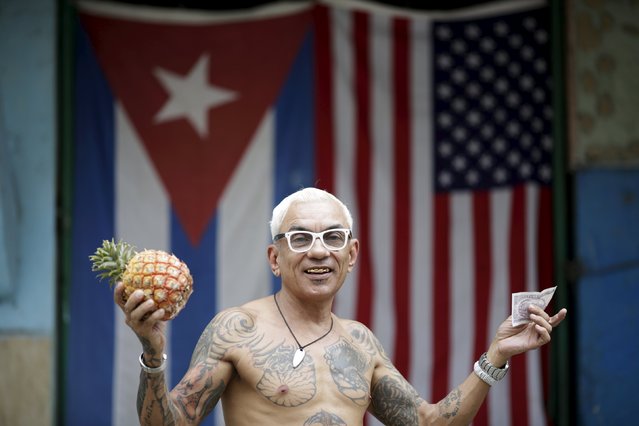
Zamora, 55, self-employed, poses for a photograph in front of the Cuban and U.S. flags after buying a pineapple in Havana, March 25, 2016. Regarding Obama's historic visit to the island, Zamora said “It's good for the Cubans that he came and re-established relationships between the two countries”. (Photo by Ueslei Marcelino/Reuters)
08 Apr 2016 15:04:00,post received
0 comments

